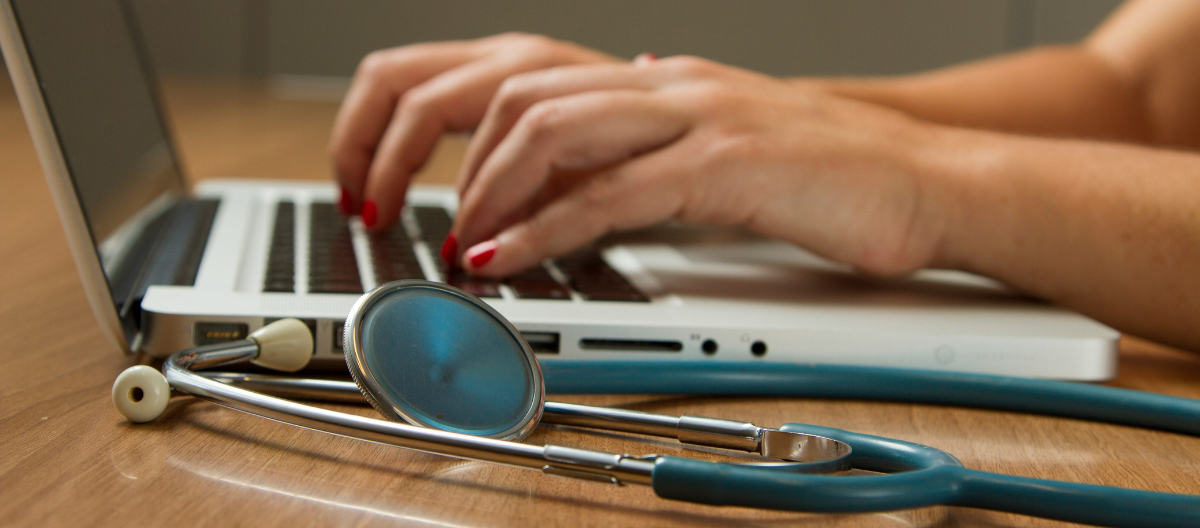Pelvic Inflammatory Disease (PID) is a serious infection of the female reproductive organs, including the uterus, fallopian tubes, and ovaries. It typically occurs when sexually transmitted bacteria, such as Chlamydia trachomatis or Neisseria gonorrhoeae, spread from the vagina or cervix to the upper reproductive tract. PID can have long-term consequences, including chronic pain, infertility, and ectopic pregnancies, if left untreated. Here’s a detailed look at the symptoms and treatments for PID.
Symptoms of PID
The symptoms of PID can vary from mild to severe, and some women may not experience any symptoms at all. However, when symptoms are present, they typically include the following:
Lower Abdominal Pain: This is the most common symptom of PID, usually experienced as a dull ache or tenderness in the lower abdomen. The pain can range from mild discomfort to severe cramping, sometimes making daily activities difficult.
Unusual Vaginal Discharge: Women with PID often notice an increase in vaginal discharge, which may be yellow or green in color and have a foul odor. This discharge is typically a result of the infection causing inflammation and the production of excess mucus.
Pain During Intercourse: PID can cause discomfort or pain during sexual intercourse, particularly deep penetration, due to inflammation in the reproductive organs.
Painful Urination: In some cases, women with PID may experience pain or burning while urinating, which can be mistaken for a urinary tract infection.
Irregular Menstrual Bleeding: PID can disrupt the menstrual cycle, leading to irregular periods, heavy bleeding, or spotting between periods. Some women may also experience longer or more painful periods than usual.
Fever and Chills: A high fever (above 101°F or 38.3°C) and chills may indicate that the infection has become more severe and spread beyond the reproductive organs, possibly leading to complications.
Fatigue and General Malaise: In addition to reproductive symptoms, PID can cause systemic symptoms like fatigue, nausea, and a general feeling of being unwell. These symptoms often accompany fever and abdominal pain.
Long-Term Symptoms and Complications
- Infertility: PID can cause scarring of the fallopian tubes, blocking the passage of eggs and leading to infertility.
- Ectopic Pregnancy: Scarring from PID increases the risk of an ectopic pregnancy, where a fertilized egg implants outside the uterus, most often in a fallopian tube.
- Chronic Pelvic Pain: Some women with PID develop chronic pelvic pain, even after the infection has been treated, due to scarring and adhesions.
Treatments for PID
The treatment for PID focuses on eliminating the underlying infection, relieving symptoms, and preventing long-term complications. Early detection and treatment are crucial to avoid permanent damage to the reproductive organs.
Antibiotics: The primary treatment for PID is a course of broad-spectrum antibiotics, which are prescribed to target the bacteria causing the infection. A combination of antibiotics is typically used to cover the most common bacteria involved, such as Chlamydia and Gonorrhea. Common antibiotics prescribed include doxycycline, azithromycin, and ceftriaxone. It’s important to complete the entire course of antibiotics, even if symptoms improve before the medication is finished.
Treatment of Sexual Partners: To prevent reinfection and the spread of sexually transmitted infections (STIs), it’s essential for sexual partners to be tested and treated, even if they do not have symptoms. Both partners should avoid sexual activity until they have completed their treatment and received clearance from a healthcare provider.
Hospitalization: In severe cases of PID, hospitalization may be required, particularly if the woman is experiencing severe pain, a high fever, or signs of an abscess in the fallopian tubes or ovaries. In such cases, intravenous (IV) antibiotics may be administered, and surgery may be needed to drain abscesses or remove damaged tissue.
Follow-Up Care: After completing the initial treatment, follow-up care is essential to ensure that the infection has been fully eradicated. A healthcare provider may perform additional tests to confirm that the bacteria are no longer present. Women who have had PID should have regular check-ups to monitor their reproductive health, as the risk of recurrence is high if the infection is not fully treated.
Pain Management: Over-the-counter pain relievers, such as ibuprofen or acetaminophen, can help alleviate the discomfort caused by PID. In more severe cases, prescription pain medication may be necessary to manage chronic pain resulting from scarring or adhesions.
Surgery: In rare cases where antibiotics fail to treat the infection, or if the infection has caused abscesses or widespread scarring, surgery may be necessary. This could involve draining an abscess or, in severe cases, removing damaged reproductive organs to prevent further complications.
Prevention of PID
Preventing PID largely involves reducing the risk of contracting sexually transmitted infections. Here are some key prevention strategies:
- Practice Safe Sex: Using condoms consistently and correctly during intercourse can significantly reduce the risk of STIs that can lead to PID.
- Get Regular STI Screenings: Routine testing for STIs, especially for women under the age of 25 or those with multiple sexual partners, can help detect infections early and prevent them from progressing to PID.
- Limit Sexual Partners: Having fewer sexual partners reduces the risk of exposure to STIs.
- Complete Treatment for STIs: If diagnosed with an STI, it’s important to complete the full course of treatment and ensure that all sexual partners are treated as well to prevent reinfection.


